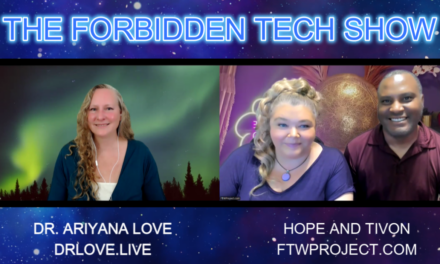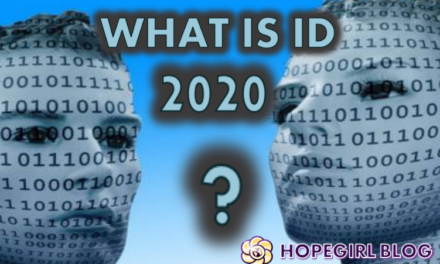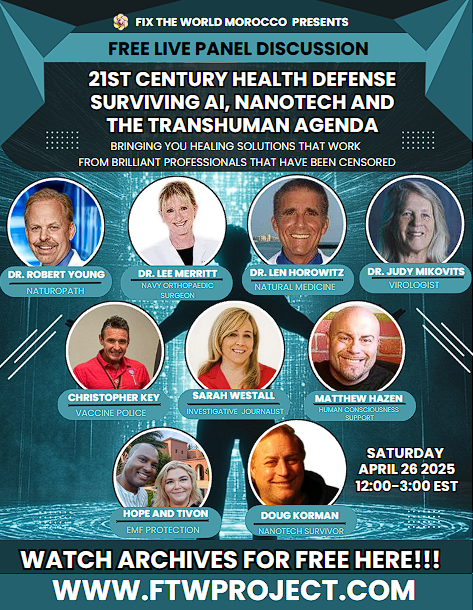A new study by Georgia State University found that using a gene-editing tool – CRISPR-Cas9 – to manipulate the arginine–vasopressin (“AVP”) V1a receptor (“R”) produces paradoxical changes in social behaviour in hamsters – they increased the hamsters’ aggression instead of reducing it. In layman’s language – they turned the hamsters into violent monsters.
The new study published on 5 May in Proceedings of the National Academy of Sciences (“PNAS”) was led by Regents’ Professor of Neuroscience H. Elliott Albers and Kim Huhman, Associate Director of the Neuroscience Institute at Georgia State.
The researchers set out to investigate the role of AVPRs in social behaviour. The vasopressin hormone and the AVPR1a receptor are known to play an essential role in a range of common social behaviours such as cooperation, bonding, communication, dominance, and aggression which is why the researchers chose these as subjects of their investigation.
“We performed CRISPR-Cas9–mediated editing at the AVPR1a gene via pronuclear microinjections in Syrian hamsters,” the study authors wrote.
CRISPR-Cas9 is a genome-editing tool. It is faster, cheaper and more accurate than previous techniques of editing DNA and has a wide range of potential applications. It is a unique technology that enables geneticists and medical researchers to edit parts of the genome by removing, adding or altering sections of the DNA sequence.
The study’s method was intended to control one of the most critical functions in the brain that is responsible for the regulation of social behaviours in most mammalian species.
The paper found that ‘switching off’ of the AVPR1a receptor in hamsters, which also pushes the vasopressin hormone to pause its functions, resulted in an alteration of social expressions that ranged to various behaviours.
The study observed that the hamsters displayed more social communication behaviour and aggression toward same-sex conspecifics. Conspecific is a term used to describe individuals belonging to the same species level.
“We confirmed the absence of AVPR1as in these hamsters by demonstrating:
1) a complete lack of AVPR1a-specific receptor binding throughout the brain,
2) a behavioural insensitivity to centrally administered AVP, and
3) an absence of the well-known blood-pressure response produced by activating AVPR1as.
Unexpectedly, however, AVPR1a KO hamsters displayed more social communication behaviour and aggression toward same-sex conspecifics than did their wild-type (WT) littermates.”
CRISPR-Cas9 editing of the arginine–vasopressin V1a receptor produces paradoxical changes in social behaviour in Syrian hamsters, PNAS, 5 May 2022
“We were really surprised at the results,” Prof. Albers said. “We anticipated that if we eliminated vasopressin activity, we would reduce both aggression and social communication. But the opposite happened.”
“We don’t understand this system as well as we thought we did. The counterintuitive findings tell us we need to start thinking about the actions of these receptors across entire circuits of the brain and not just in specific brain regions,” Prof. Albers added.
The work using CRISPR in hamsters was a significant step forward, said both Albers and Huhman. “Developing gene-edited hamsters was not easy,” Prof. Albers said. “But it is important to understand the neurocircuitry involved in human social behaviour and our model has translational relevance for human health.
They corrupted hamsters’ genes and turned them into vicious violent aggressors toward the same sex of their own species. The question has to be asked: would they do this in humans?
Optogenetics, Magneto genetics and Gene Editing
In an extensive article, Spartacus explored mind control experiments. “The ultimate goal of these experiments is not to create mind-controlled assets or Manchurian Candidates, as some may think. The goal of these experiments is mass mind control and technological psychosocialisation on a societal scale,” Spartacus wrote and dedicated a section to optogenetics and magneto genetics.
One approach to experimental stimulation of nervous systems is to genetically sensitise nervous tissue to light and electromagnetic fields.
Optogenetics is a technique that has been used in tissue cultures and mouse experiments in laboratory settings for over a decade. The method is deceptively simple; transgenic animal tissue is given genes that code for light-sensitive proteins, and then fibre optics pipe laser light into this tissue to stimulate a response.
Other techniques include the so-called “Magneto” protein, which attaches ferritin to membrane-bound ionic gateways to allow them to be stimulated with electromagnetic fields.
Techniques such as these may be used as a component in brain-computer interfaces, however, they require genetic engineering, which can be very inefficient in adult organisms.
Gene therapy is like changing the blueprints to a house that’s already been built. If you’re reading this, you’re an organism of fairly advanced maturity, yourself. Your genes have been expressed continuously since your birth, and your tissues are representative of those genes.
Neurons in the central nervous system (“CNS”) have very, very low turnover in adults. Even with advances in things like CRISPR-Cas9 and gene delivery and transfection into the cells of living organisms using nanotech and viral vectors, genetic engineering of humans to make nervous tissue fully receptive to external stimuli would likely require germline edits or in-utero (within the womb) gene therapy, before the tissues have differentiated into clusters of specialised cells.
For everyone else, it would be necessary to find methods to stimulate nervous tissue as it already exists.
Read more:
- Unexpected Changes of Social Behaviours in Mammals Discovered with CRISPR-Cas9 Gene Editing, Science Times, 30 May 2022
- CRISPR-Cas9 gene-editing approach can alter the social behaviour of animals, Science Daily, 16 May 2022
- ‘My name is Spartacus’: COVID-19 Deep Dive Part IV: Mind Control, 22 March 2022
Source Link: https://expose-news.com/2022/06/04/gene-editing-experiments-caused-aggression/
Bitchute: https://www.bitchute.com/channel/YBM3rvf5ydDM/
Telegram: https://t.me/Hopegirl587
EMF Protection Products: www.ftwproject.com
QEG Clean Energy Academy: www.cleanenergyacademy.com
Forbidden Tech Book: www.forbiddentech.website













